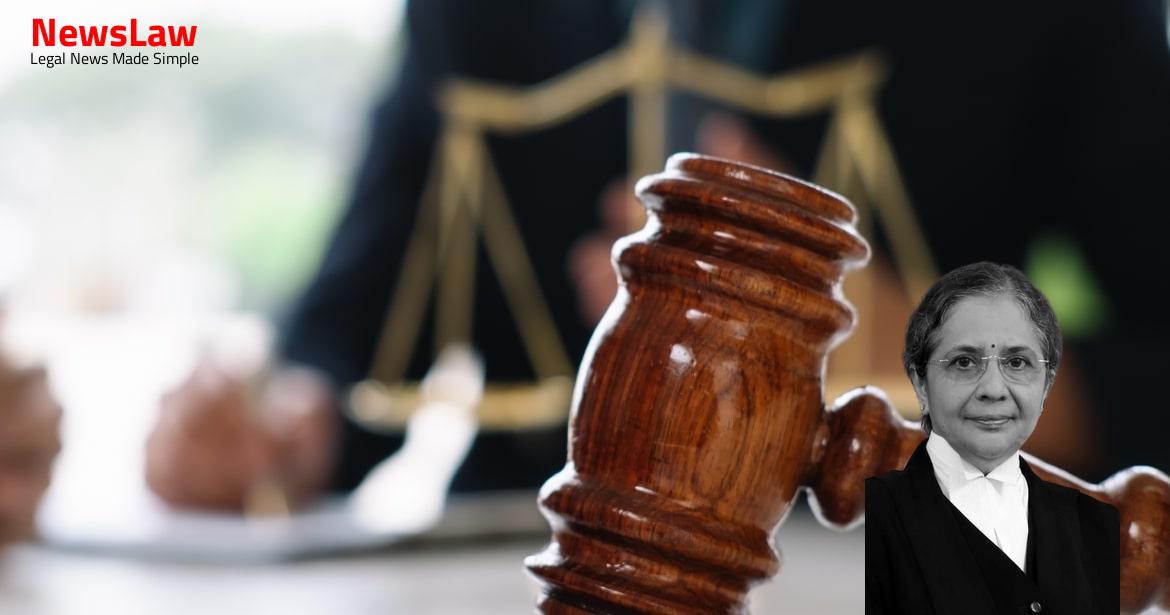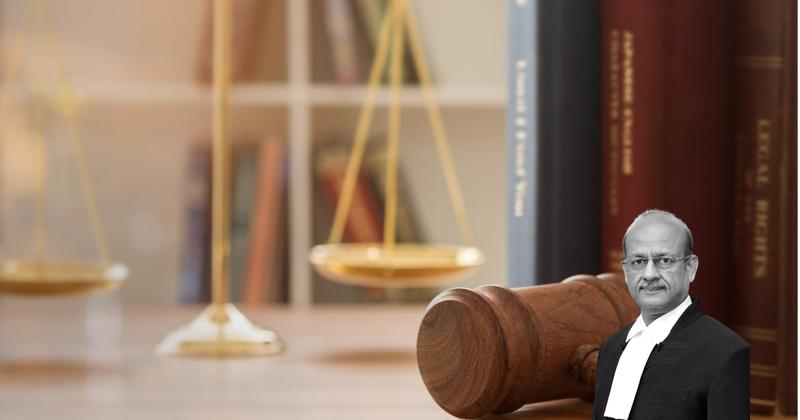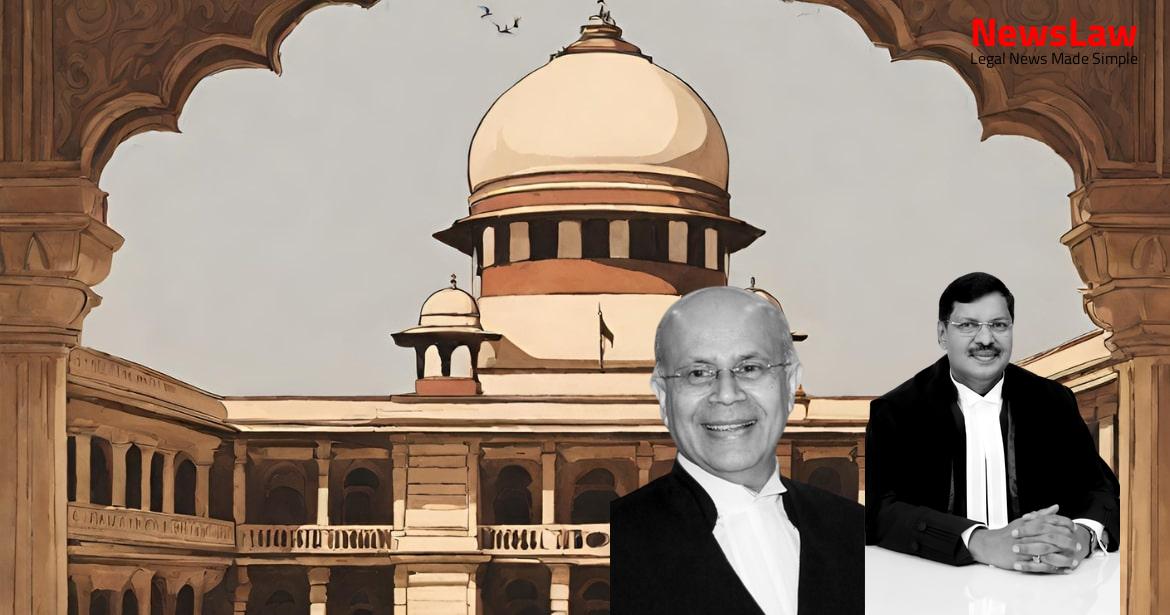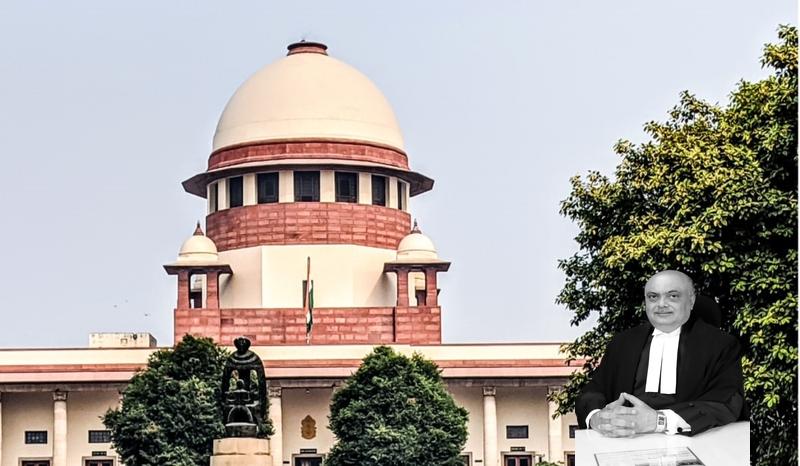Delve into the depths of legal analysis in a recent case where the court’s scrutiny played a crucial role in overturning the convictions. Explore how the court evaluated evidence, from extra judicial confessions to circumstantial theories, and ultimately acquitted the appellant. The judgment highlights the importance of a complete chain of evidence and the necessity to establish guilt beyond reasonable doubt. Stay tuned for insights into the intricate workings of the justice system.
Facts
- Search was made but no missing report was lodged
- Merg intimations were lodged by Chandrapal and Bholasingh
- Dead bodies of Kumari Brinda and Kanhaiya found hanging on a cashew tree by Lodhu
- Postmortem report indicated cause of death as asphyxia due to hanging
- Case of prosecution alleges murder by accused to make it look like suicide
- Accused pressed Kanhaiya’s neck and committed his murder
- Accused Mangal Singh and Videshi committed the murder of Kumari Brinda
- Dead bodies kept in the house and then taken to Kajubadi
- Love affair between Kumari Brinda and Kanhaiya Siddar not approved by Bhagirathi and Chandrapal
- Bodies decomposed and not identifiable
- Postmortem reports indicated death occurred within 8 to 10 days and was suicidal in nature
- The High Court set aside the conviction and sentence for the offence under section 302 read with section 34 of IPC against Bhagirathi Kumhar, Mangal Singh, and Videshi.
- Their conviction for the offence under section 201 read with section 34 of IPC was confirmed, and they were sentenced to the period already undergone by them.
- Accused Bhagirathi, Chandrapal, and Mangal Singh appealed the Sessions Court’s judgment, while Videshi preferred a separate appeal.
- The First Additional Sessions Judge in Raipur acquitted all accused from charges under the SC ST Act but found them guilty under sections 302 and 201 read with section 34 of IPC.
- The High Court confirmed the convictions of Chandrapal under section 302 and 201 read with section 34 of IPC and dismissed his appeal.
- The appellant Chandrapal appealed against the High Court’s judgment.
- Criminal Appeals No. 1812 of 1998 and 2005 of 1998 were partly allowed.
- Each accused faced charges under section 201 read with section 34 of IPC and section 3(2)(v) of the SC ST Act.
- Prosecution presented 16 witnesses and documentary evidence to support the charges against the accused.
- The Sessions Court sentenced all four accused to life imprisonment for the offence under section 302 read with section 34 of IPC, and two years of rigorous imprisonment for the offence under section 201 read with section 34 of IPC.
Also Read: Balancing Power and Transparency: Electoral Bonds Struck Down, Disclosure Mandated
Arguments
- Conviction cannot be based on the extra judicial confession made by the co-accused.
- There were major contradictions in the evidence of witnesses regarding the alleged extra judicial confession.
- The ‘Last seen theory’ was refuted, highlighting the discrepancies in the evidence.
- The statement of the witness who allegedly last saw the victim was recorded after 4 months of the incident, casting doubt on the timeline.
- The time gap between the alleged last sighting and the discovery of the bodies made it risky to convict solely based on such evidence.
- The doctor’s opinion indicated the cause of death was suicidal, further weakening the case against the appellant.
- Lack of clear or cogent evidence against the appellant led to gross errors in the conviction by both courts.
- The respondent State’s counsel argued that there are concurrent findings by both the Sessions Court and High Court regarding the guilt of the appellant.
- An extra judicial confession is considered weak evidence, but the prosecution presented corroborative evidence that proved the chain of circumstances leading to the appellant’s guilt.
Also Read: Recall of Resolution Plan Approval: Legal Analysis
Analysis
- Extra judicial confession requires corroboration with other evidence for credibility.
- Inconsistencies in the extra judicial confession of the co-accused Videshi led to doubts in its reliability.
- The prosecution failed to establish beyond reasonable doubt that the deaths were homicidal, crucial for conviction under Section 302 IPC.
- The post-mortem report indicated asphyxia due to hanging as the cause of death, suggesting suicide.
- The prosecution heavily relied on the theory of ‘Last seen together’ but lacked concrete evidence to support it.
- Circumstantial evidence was pivotal since there were no eyewitnesses to the incident.
- The circumstances concerned ‘must or should be’ established and not ‘may be’ established.
- The time gap between the incidents must be considered in connecting the accused to the crime.
- The theory of ‘Last seen together’ was discussed citing relevant case laws.
- The importance of proving the factum of homicidal death for conviction under Section 302 IPC was highlighted.
- The five golden principles for establishing a case against an accused were reiterated from the Sharad Birdhichand Sarda case.
- The distinction between ‘may be proved’ and ‘must be or should be proved’ was emphasized.
- The importance of a complete chain of evidence to exclude any reasonable ground for innocence of the accused was underlined.
- The prosecution failed to prove the charges against the appellant-accused beyond reasonable doubt.
- Strong suspicion cannot be used as a substitute for proof in a case.
- Therefore, the appeal is allowed, and the appellant-accused Chandrapal is acquitted and set free.
- The office is instructed to take necessary actions and send a copy of the order to the jail authority.
Case Title: CHANDRAPAL Vs. THE STATE OF CHHATTISGARH(EARLIER M.P.) (2022 INSC 629)
Case Number: Crl.A. No.-000378-000378 / 2015



